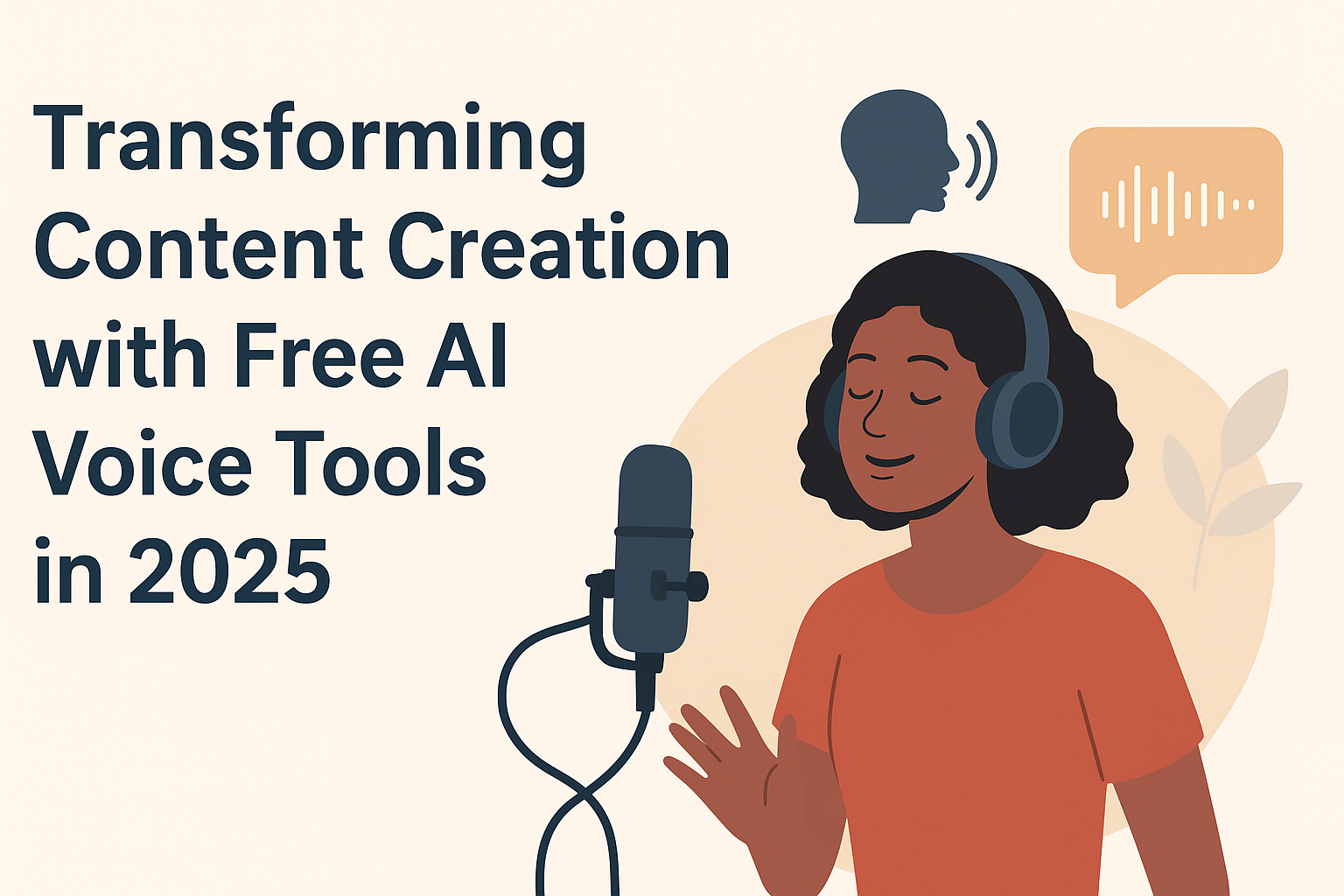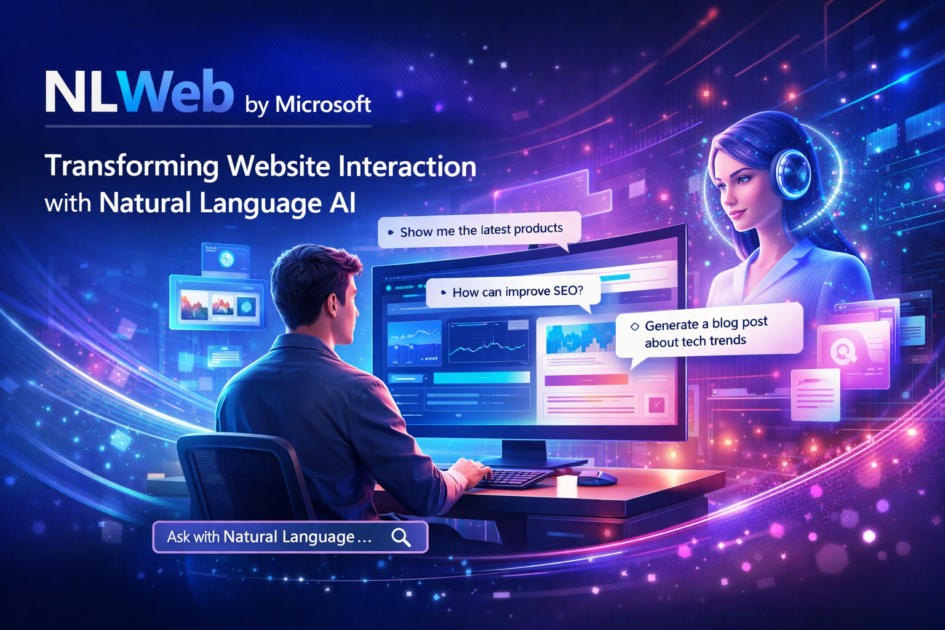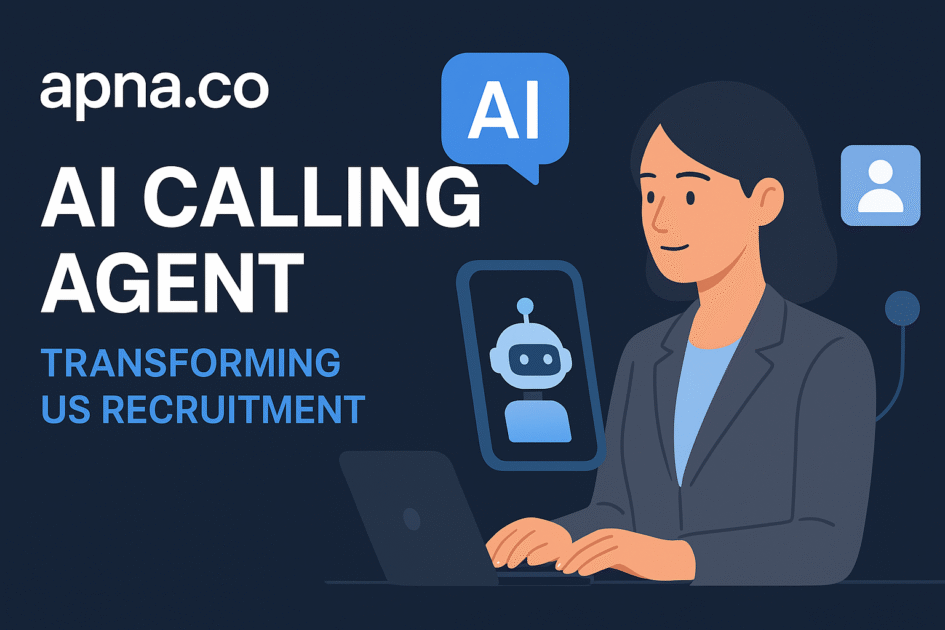Introduction: The New Era of Voice Creation
Imagine sitting at your desk, planning to create a full podcast episode, record an audiobook chapter, and narrate a YouTube explainer video—all in a single day. The thought alone feels exhausting, right? Traditionally, you would have needed professional voice artists, expensive recording equipment, and hours of editing. Not to mention the budget—voiceovers can easily cost hundreds of dollars.

But in 2025, a silent revolution is taking place. AI-driven voice generation tools have reached a point where anyone—from solo creators to educators—can produce natural-sounding, expressive voice content without spending a fortune. These tools are not just saving time; they are unlocking a whole new realm of creative possibilities.
Why AI Voices Are Becoming Indispensable
The rise of AI voices isn’t just a trend—it’s a solution to a problem that content creators have struggled with for years: efficiency and accessibility. Think about it: whether it’s an online course for students who prefer auditory learning, a podcast that needs to release episodes weekly, or a YouTube video that requires multiple voiceovers, human limitations have always been a bottleneck.
AI voice tools address these challenges in several ways
- Speed: A few minutes of typing can generate an entire script in audio form.
- Multilingual Support: From English and Spanish to Japanese and Hindi, creators can reach global audiences.
- Voice Quality: Advanced AI algorithms now produce voices almost indistinguishable from real humans.
- Cost-Efficiency: Free tools reduce the need for paid voice artists or expensive studio setups.
As more creators adopt these tools, we’re seeing not just faster content production, but also entirely new types of content. For example, interactive AI narrators in e-learning or personalized storytelling in games are now possible.
A Journey Through AI Voice Innovations
Not all AI voice tools are created equal. Some focus on realism, others on fun, and a few on advanced customization. Let’s take a journey through the landscape of free AI voice tools that are shaping 2025, without making it feel like a traditional “top 7” list.
Murf AI: Professional Quality Without the Price
One of the first stops on our journey is a tool that many creators turn to for high-quality, professional voiceovers. Murf AI allows you to select from over 120 voices and multiple languages, adjusting pitch, tone, and speed to fit your project. For a podcaster needing a consistent narrator or an educator creating lecture audio, Murf AI is a lifesaver. Its intuitive interface ensures that even beginners can produce polished audio with minimal effort.
Play.ht: Bringing Stories to Life
As we move deeper into the landscape, another tool stands out for its ability to generate human-like voices across a variety of accents. Play.ht is particularly useful for content creators looking to expand their reach globally. Whether you’re narrating an explainer video or converting text-based articles into audio, this tool makes it effortless. Its free version allows users to experiment with multiple voices and languages, giving creators a taste of professional voice generation without spending a dime.
Resemble AI: Cloning Voices for Unique Experiences
For those who crave personalization, the journey continues with a tool that can clone voices in mere minutes. Resemble AI goes beyond standard text-to-speech by allowing users to replicate a unique voice, adding emotional depth and variation. Developers creating virtual assistants or brands seeking a distinct voice identity find this tool invaluable. Even the free version provides enough capabilities to experiment and explore voice cloning possibilities, making it a playground for creative minds.
Voxygen: Speed Meets Simplicity
Sometimes, creators don’t need elaborate features—they just need quick results. Voxygen caters to this demand. Its lightweight design converts text to speech in seconds, providing multiple accents and voices. While it may not offer the extensive editing features of other tools, it excels in speed and simplicity. Teachers, students, and developers appreciate how quickly short scripts can be transformed into audio content.
Lovo AI: Emotions in Every Word
As we continue our exploration, we arrive at a tool that emphasizes emotional depth. Lovo AI offers voices that don’t just speak—they express. With over 180 voices across 33 languages, it is perfect for marketing videos, storytelling projects, and podcasts that require nuanced narration. Even in its free version, creators can experiment with voices that convey excitement, curiosity, or calmness, elevating their content beyond robotic monotones.
Uberduck AI: Fun Meets Creativity
Not all AI voice tools are strictly professional. Some are designed for experimentation and entertainment. Uberduck AI allows creators to generate voices in the style of celebrities or fictional characters. Meme creators and social media enthusiasts love its playful approach, which opens up opportunities for engaging, shareable content. The free version may have limitations, but it’s perfect for those who want to explore fun, creative voice generation.
TTSMP3.com: Instant Voice Output
Finally, our journey ends with a tool that emphasizes accessibility and simplicity. TTSMP3.com allows users to convert text into speech and download it as an MP3 instantly. It requires no signup, no software installation, and minimal learning curve. For quick narrations, short audio content, or experimental projects, this tool provides a practical solution.
Practical Tips for Making the Most of Free AI Voice Tools
The power of these tools lies not just in their features, but in how creators use them. Here are strategies to maximize their potential:
- Prepare Your Scripts Carefully: Short, clear sentences sound more natural when converted to AI voice.
- Experiment With Voices: Test multiple voices before settling on the one that fits your project.
- Adjust Pitch and Speed: Small tweaks can make a voice sound more natural or more expressive.
- Combine Tools: Use different tools for different parts of a project—for example, one for narration, another for character voices.
- Edit and Enhance: Even free tools benefit from post-production in a simple audio editor to adjust volume, background music, or sound effects.
Real-World Applications of AI Voice Tools
The impact of free AI voice tools extends beyond convenience. They are transforming how content is created and consumed:
- Education: Teachers and e-learning platforms can provide accessible audio versions of textbooks or lessons.
- Marketing: Brands can generate personalized, emotionally engaging voiceovers for ads and explainer videos.
- Social Media: Fun, shareable content like memes or character voices is easier to produce.
- Development: Game developers and app creators can integrate AI-generated voices into interactive applications.
The possibilities are virtually limitless. With these tools, even small creators can produce content that previously required large teams or budgets.
The Future of AI Voice Generation
As AI continues to evolve, voice generation is becoming more realistic and interactive. By 2025, the focus isn’t just on sounding human—it’s on creating personalized, emotionally responsive narrators. Imagine a virtual assistant that speaks in your preferred tone, or an audiobook that adapts its narration style based on your mood.
The potential applications extend into accessibility as well. AI-generated voices can provide a lifeline for visually impaired users, language learners, or anyone needing multi-language support.
Looking ahead, we can expect fully interactive AI narrators, personalized voice assistants, and dynamic content creation where AI voices respond in real-time to user inputs. For creators who embrace these tools now, the future promises unprecedented creative freedom.
Conclusion: Unlocking Creative Freedom
The era of AI voice generation is not just about automation—it’s about empowerment. Tools like Murf AI, Play.ht, Resemble AI, Voxygen, Lovo AI, Uberduck AI, and TTSMP3.com provide creators with powerful capabilities without breaking the bank. By integrating these tools into content workflows, creators can save time, expand their reach, and explore new forms of storytelling.
Whether you’re a podcaster, educator, marketer, or social media creator, 2025’s free AI voice tools offer something revolutionary. The ability to generate natural, expressive, and multilingual voices is no longer a privilege—it’s accessible to anyone willing to experiment, adapt, and create.
The future of content creation is audible, interactive, and AI-driven. Those who embrace it today are setting the stage for a world where human imagination is the only limit to what AI voices can bring to life.



